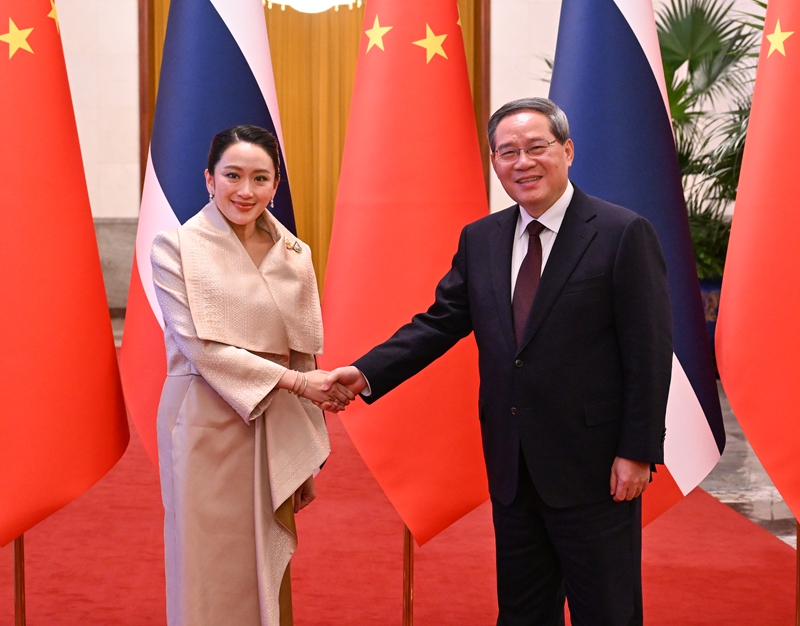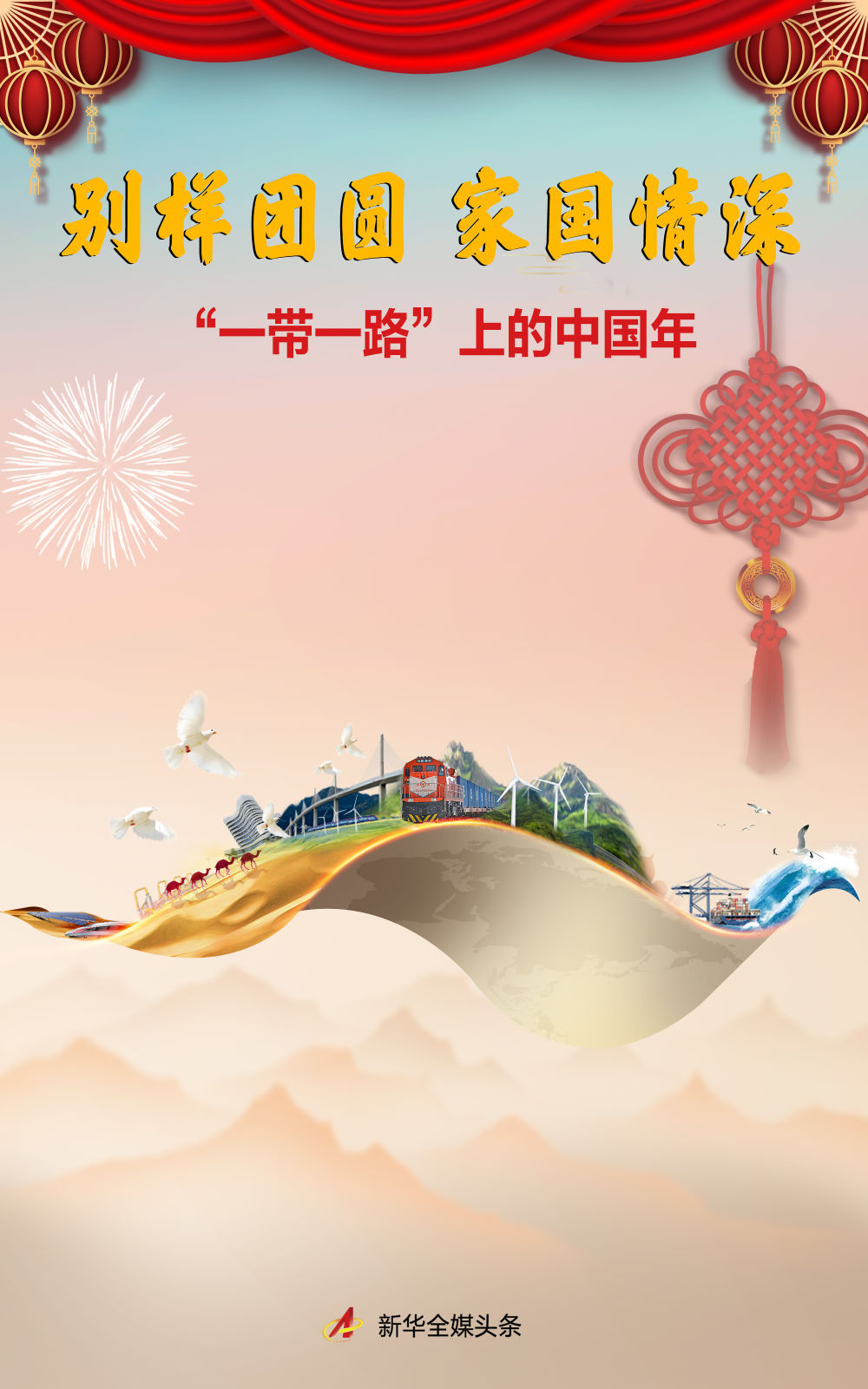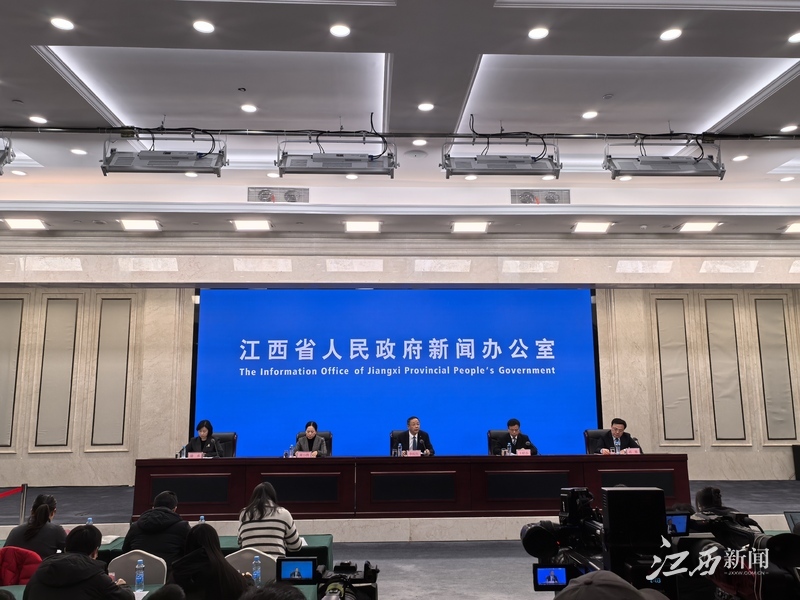Silk Road: The Ancient Trade Network Connecting East And West
Silk Road: The Ancient Trade Network Connecting East And West
The Silk Road refers to a series of ancient trade routes connecting China with Central Asia, West Asia, Europe and Africa. This route not only promoted the exchange of goods, but also the exchange of culture, technology, religion and ideas, and is considered one of the most important trade routes in world history.
The Silk Road refers to a series of ancient trade routes connecting China with Central Asia, West Asia, Europe and Africa.

This route not only promoted the exchange of goods, but also the exchange of culture, technology, religion and ideas, and is considered one of the most important trade routes in world history. ## 2. The origin and development of the Silk Road - **Origin**: It started during the Han Dynasty in the 2nd century BC. Emperor Wu of the Han Dynasty sent Zhang Qian as an envoy to the Western Regions, opening a new era of foreign exchanges. - **Development**: After the development of many dynasties such as the Han Dynasty, Tang Dynasty, and Yuan Dynasty, the Silk Road gradually formed a land and sea trade network. ## 3. Main Routes### 1. Overland Silk Road - **Route**: starting from Chang'an (now Xi'an), China, passing through Central Asia, West Asia, and finally reaching Europe. - **Important nodes**: - Chang'an (China) - Tianshan South Road, Lake Balkhash - Persia (today's Iran) - Mediterranean coast - Roman Empire, Byzantium### 2. Maritime Silk Road - **Route**: From China along the South China Sea, the Indian Ocean, through Southeast Asia, South Asia, and finally to the east coast of Africa and the Arabian Peninsula. - **Important ports**: - Guangzhou, Quanzhou, Mingzhou (now Ningbo) - Malacca, Alexandria - Yemen, Socotra Island - Zaib and Mombasa in East Africa#

# 4. Commodity exchange along the Silk Road - **China's exports**: silk, porcelain, tea, paper, spices- **Central and West Asia**: gems, spices, medicinal materials, metal products- **Europe**: glass products, gold and silverware, wine, luxury goods- **Africa**: ivory, ivory products, slaves, spices## 5. Exchanges of culture and religion- **Religious spread**: Buddhism was introduced from India to China, North Korea, and Japan; Islam spread to Central Asia and East Africa along the Silk Road; Christianity also spread to Central Asia and Europe through business exchanges. - **Cultural Impact**: Exchange and integration of art, architecture, writing, technology, etc. For example, Chang'an in the Tang Dynasty became the center of cultural exchange between the East and the West. ## 6. The influence of the Silk Road - **Economy**: It promoted the economic prosperity of countries along the route and promoted the circulation of goods, technology and ideas. - **Culture**: It promotes exchanges and integration between different civilizations and enriches human cultural heritage. - **Political**: Strengthened connections and cooperation between countries and promoted regional stability. ## 7. Modern significance- **

“One Belt, One Road” Initiative**: China’s proposed “Silk Road Economic Belt” and “21st Century Maritime Silk Road” aim to revive the cooperative spirit of the ancient Silk Road and promote global economic integration. ## 8. Conclusion The Silk Road is not only an ancient trade route, but also a bridge connecting different civilizations and promoting peace and development. Its history and spirit still have important practical significance today.






